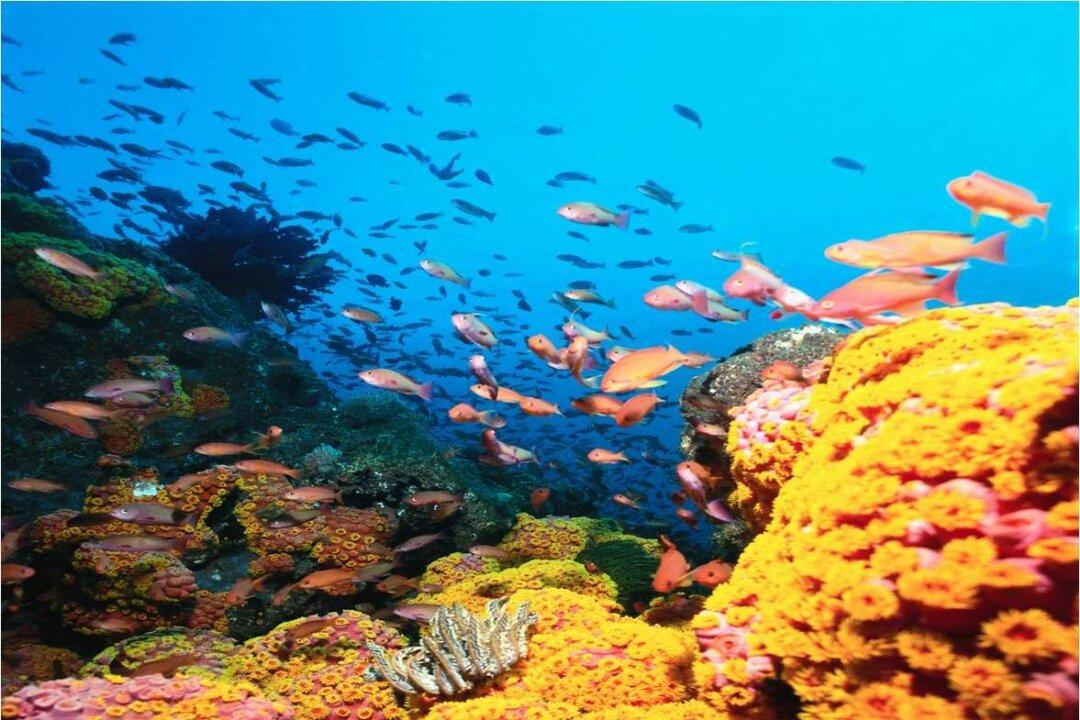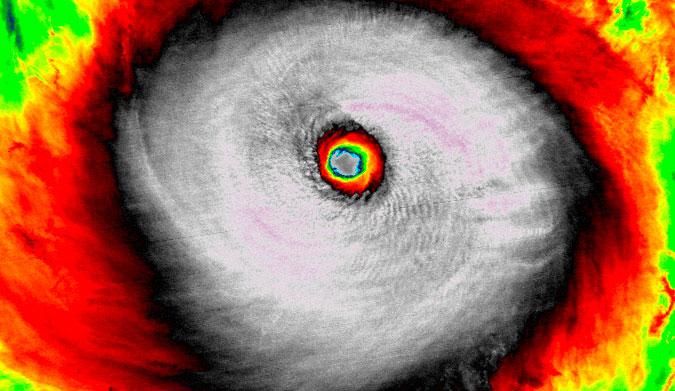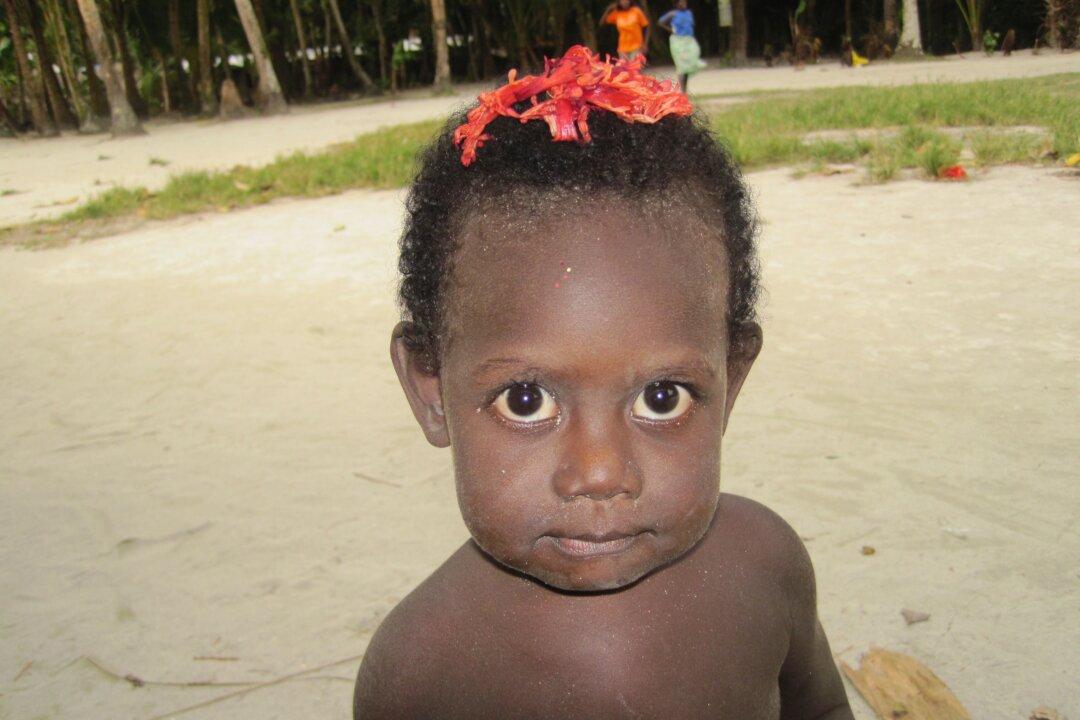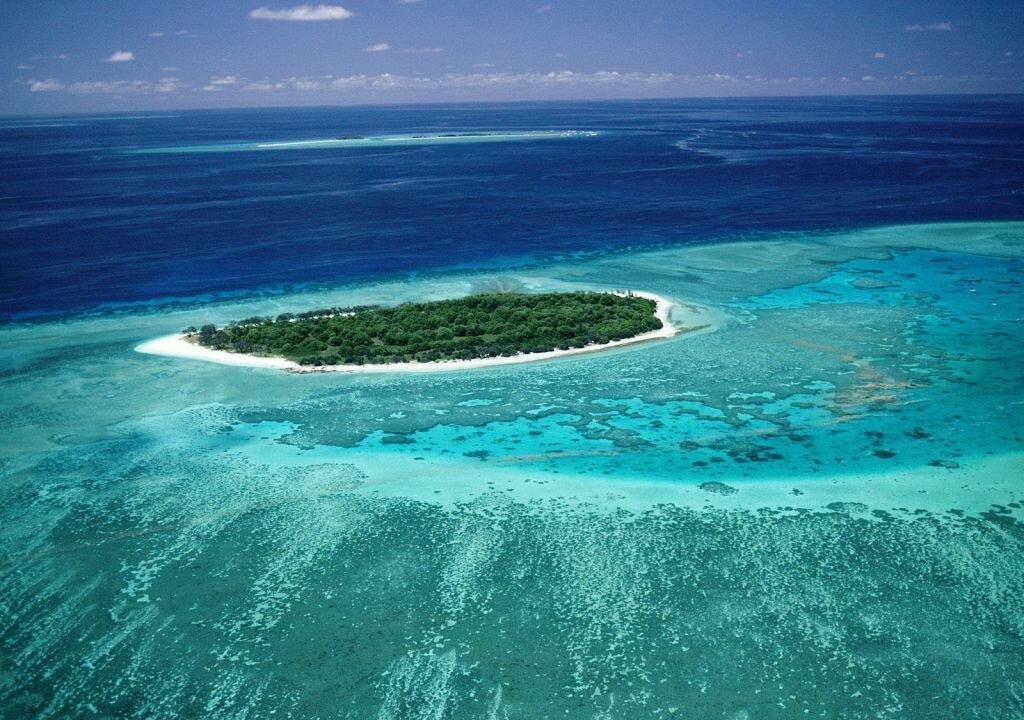In an Epoch Times report about GMO foods,Zachary Stieber described the strong stance of Zambia in this growing debate. But Genetically modified Organisms aren’t restricted to farm crops on land.
It’s true; about 50 percent of the fish we eat are farmed. There is good reason for this as, one by one, the world’s commercial fisheries collapse through over-fishing. According to FAO, 70 percent of the world’s large commercial fisheries have either failed or are not far from it.
When things started to go wrong with world fisheries, fish farming was hailed as the ultimate solution. Fish could be produced cheaply and those in the ocean would be under far less threat. We were going to have our cake and eat it too!
Salmon are an incredibly predictable species. Eggs are laid at high altitude in clear freshwater mountain streams. After a stay of up to three years their body chemistry changes and they move out to the sea to mature. Most are caught when they return to the same river they hatched in. They find the right river by following their noses and using an amazing olfactory memory.
We don’t even have to fish for them. When the salmon return to spawn after 1-5 years at sea, they literally swim back into the factory that produced them only to become tomorrow’s fresh fish worth about US$10 billion annually.
Because salmon return to their original stream, each stream has its own genetic type or stock. Hundreds of different stocks greatly improve the salmon’s ability to deal with change and survive into the future.
Beginning in 1971, aquaculture scientists started scouting 40 of Norway’s best wild salmon rivers to find the ultimate genetic combination for farming. These “designer” fish, selected for their ability to grow rapidly and use food efficiently, formed the breeding lines of the salmon that would, 10 generations later in 2007, support a US$3 billion Norwegian industry.
We have been playing this game and reaping the rewards of salmon farming for forty years, the industry has increased an incredible 600 fold, and everything was running smoothly. Salmon farming had become a machine for printing money. Salmon stocks were flourishing and the future seemed to be bright. But was it?
Hatcheries were producing well over 170 million “designer” salmon. But not all followed the rules and returned to ‘base’ to breed. In fact 450,000 salmon escaped their destiny with the processing machines in 2007 and this leakage has been going on for 40 years.
At the same time an estimated 470,000 wild Atlantic salmon were using the same rivers and interbreeding with the genetically ‘selected’ farm strain. Biologists at the Norwegian University of Science and Technology published a study looking at the results of the unplanned interbreeding in December, 2009.
Led by Ole Kristian Berg and Sigurd Einum, professors at NTNU’s Department of Biology, researchers discovered130 different salmon “families,” where the father’s contribution came from sperm taken from Norway’s first generation of farmed salmon (now stored in a sperm bank), and the mother’s came from a variety of wild and farmed females. They weren’t wild anymore.
Norway is home to the most genetically varied wild salmon stocks on the planet, with unique groups found in each of the country’s 452 different wild salmon rivers. Since 1970, these wild salmon stocks have been reduced by an alarming 80 per cent. Researchers were shocked to find that 10 percent of the country’s salmon rivers have completely lost their wild populations.
In 2008, scientists from the Norwegian Institute for Nature Research, a government research institute, determined that fully 35 per cent of all salmon in the Surna River, perhaps Norway’s most important wild salmon river, were in fact farmed fish and not from the wild.
In that same year Secretary of Commerce Carlos M. Gutierrez declared a commercial fishery failure for the United States West Coast salmon due to historically low numbers. Hundreds of thousands of Chinook salmon typically return to the Sacramento River every year to spawn. In 2008, scientists estimate that fewer than 60,000 adult Chinook made it back to the Sacramento River.
By 2012 scientists had found that only about 10 percent of Chinook salmon spawning in California’s Mokelumne River were wild stock. The wild fish were being ‘over-run’ by hungrier and faster growing hatchery fish and heading for extinction. Published in the journal, PLos ONE, the study said that there were no longer enough wild fish to maintain the population due to selective breeding and faster growth rates of hatchery salmon and the protection they get from predators by delaying their release until they are larger.
A 2009 report from Oregon State University researchers found that steelhead trout (a close relative of salmon) were so genetically impaired that they were unable to reproduce enough to survive. It was only the huge hatchery output of young fish that kept ‘topping-up’ the stocks and giving the impression that all was well.
We have been flooding the rivers and ocean with voracious, fast growing fish that rob the wild stocks of food and deplete their numbers. But the “designer” fish depend on us to make up for their weaknesses and inability to maintain their own abundance. We do this by further increasing production of even weaker fish and pushing wild stocks to the brink of extinction.
This is fine for making money but the day we close down a hatchery the salmon in that river will be lost forever. They aren’t natural; like chickens, we have “designed” them and they can no longer exist without our continuing involvement.
And now what’s next for salmon?
In an interesting report by Tara MacIsaac (Epoch Times April 14, 2013) we find that the FDA is reviewing the first genetically engineered animal (GE) for human consumption ( a GMO food). Produced by AquaBounty, this transgenic fish combines genetic material of Chinook salmon with that of other fish to overproduce its own growth hormones. It will grow two to six times faster than wild stock and return to breed at an earlier age.
What we must keep in mind is that this animal has never existed before; it is new to the planet; we made it. We really have no idea of what it will do when we lift it off the ‘operating table’.
MacIsaac reports that “The FDA states that highly secure facilities will prevent GE salmon from escaping and affecting natural ecosystems. We are told that they won’t be able to breed because they are all going to be females; each and every one of them. The GE salmon will also be made infertile to prevent breeding with natural stock should some fish escape.” (Actually it’s 99.7% infertile which means thousands of breeding fish out of the millions produced).
Now I feel a lot better! Norway is losing half a million “designer” salmon a year, wild stocks in Europe and the US are collapsing, and we are assured that this new fish can’t escape and even if it does, not one of the millions of fish AquaBounty produces will manage to interbreed with wild fish. And most of those wild fish aren’t wild anymore anyway.
Public comment was accepted until the end of April and the votes are being counted. AquaBounty was claiming financial difficulties and urging the FDA to rush the approval for public consumption of its new fish to keep them from going broke.
Craig Altier, a member of the FDA’s Veterinary Medicine Advisory Committee and an associate professor at the College of Veterinary Medicine at Cornell University said, “We need to treat these fish as we would a potentially dangerous medicine or pharmaceutical, and apply all of the same security measures to its production and transport.”
Fredrik Sundström at the Department of Zoology, University of Gothenburg, Sweden says, “If transgenic fish become established in natural stocks they would be able to out-compete the natural breeds”. His work shows that AquaBounty fish would have a considerably greater impact on the natural environment than the hatchery-reared non-GE fish that are already wrecking havoc on wild stocks.
In looking at fish farming technology and its use in manipulating nature I am reminded of the words of author, Kristin Cast. We have created “A double-edged sword, One side destroys, One side releases….” The question is, are we able to change the direction of its swing before we exterminate some of the world’s most valued fish?




